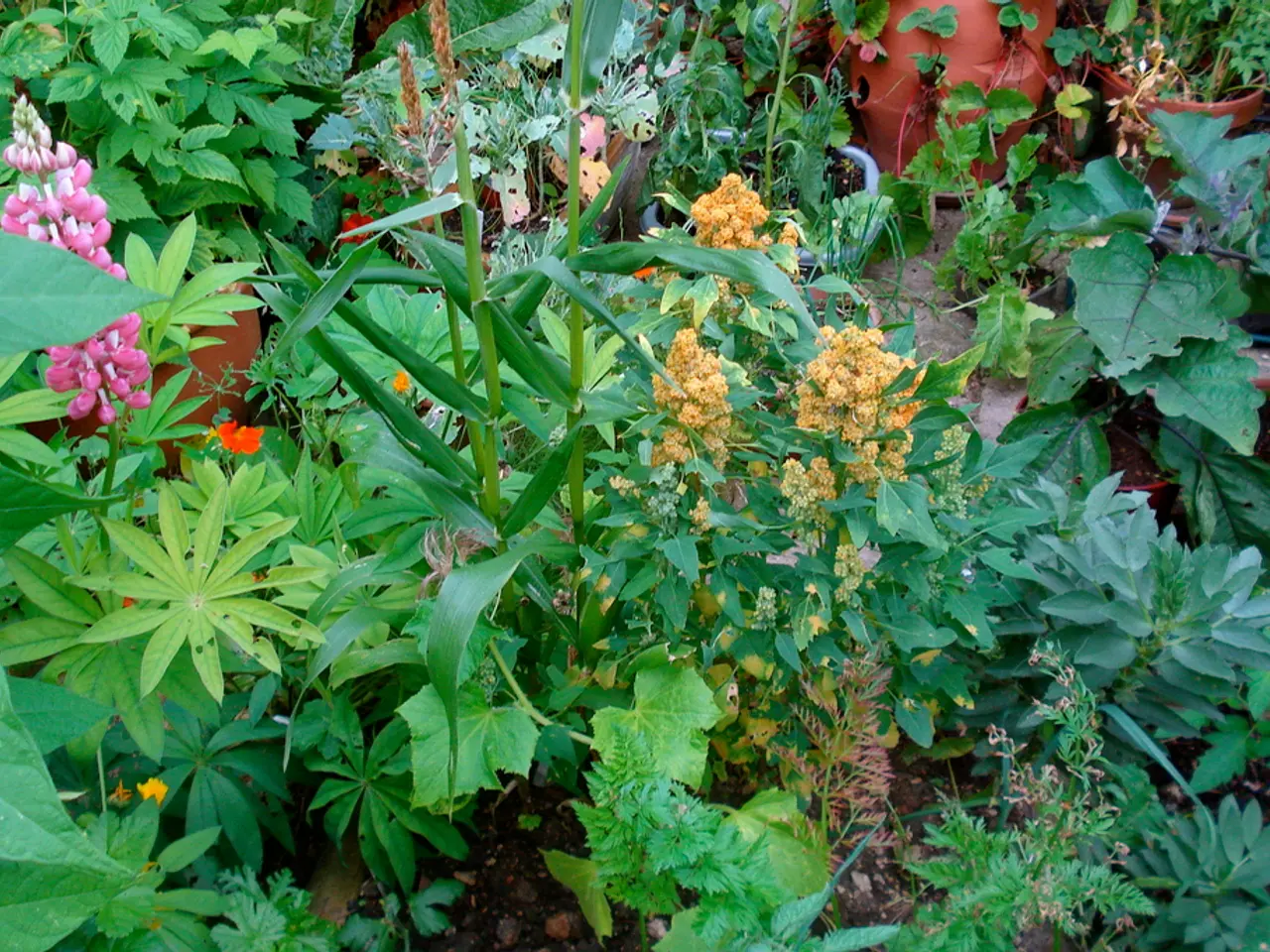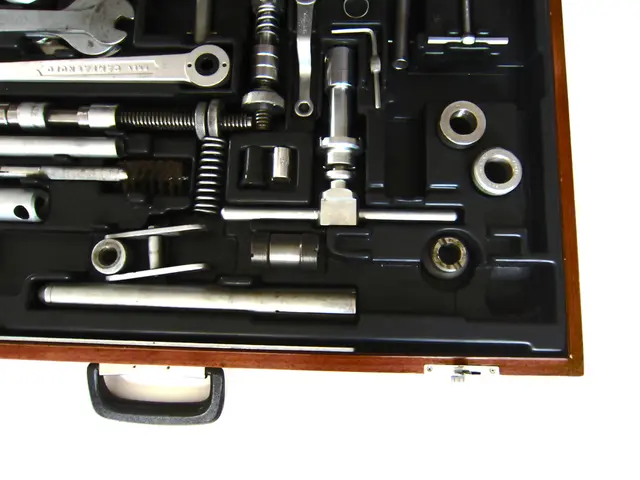Plants Actively Improving Soil Nutrient Levels Without Additional Inputs
Improving Your Soil Organically: The Ultimate Guide
Get ready to unlock the secret to building fertile and healthy soil using a selection of natural plants! In this comprehensive guide, we'll explore nitrogen-fixing plants, dynamic accumulators, cover crops, perennials, and legumes – all essential components in improving your soil's fertility. Let's dive in!
Nitrogen-rich powerhouses
Harness the power of plants as you discover nitrogen-fixing wonders. These remarkable plants form a symbiotic relationship with rhizobia bacteria, converting atmospheric nitrogen into nitrogen compounds that enrich the soil.
- Legumes such as alfalfa, clovers, and vetches, are among the best nitrogen fixers. Be it red clover, white clover, or peas, leguminous plants store nitrogen in their roots and release it into the soil, benefiting your crop growth.
Did you know? Alfalfa, a nitrogen powerhouse, can fix up to 500 lbs of nitrogen per acre!
Mineral miners: Dynamic accumulators
Deep-rooted plants, known as dynamic accumulators, can tap into the soil's depths, drawing minerals that other plants cannot reach. These minerals reappear in the topsoil, making them accessible for benefits to your garden. Examples of dynamic accumulators include comfrey, dandelion, borage, and radishes.
- Comfrey – Sometimes referred to as the 'king of soil-building plants,' comfrey's deep roots can travel up to six feet underground, retrieving nutrients unavailable to most plants! Its foliage can be cut multiple times a year for use as a nutrient-dense compost material or mulch.
Cover your soil: Cover crops
Cover crops are your secret weapon for soil health. These plants not only feed essential soil organisms, increasing biodiversity, but also prevent soil erosion, boost water retention, and contribute to soil carbon buildup.
- Leguminous Cover Crops, such as red clover and field peas, fix nitrogen in the soil through their roots, creating an abundant source of nutrients for your next crop.
- Non-leguminous Cover Crops, including oats, rye, and buckwheat, help suppress weeds and conserve soil moisture, providing a valuable contribution to your soil's health.
Long-term allies: Perennials
Perennials, with their deep roots, are your secret weapon for ensuring long-term soil health and nutrient retention. Many perennials excel in sequestering carbon, lowering soil erosion, and adding essential nutrients through their roots.
- Comfrey – Not only does it have deep roots, but comfrey also produces bountiful leaves that can be cut and composted repeatedly, contributing to the nutrient cycle.
- Red Clover – A nitrogen-fixing legume, red clover draws nitrogen from the air and incorporates it into the soil, creating a benefit for future crops.
- Bush Indigo – A nitrogen-fixing shrub, bush indigo can be pruned back and used as organic matter for the soil, adding essential nutrients while simultaneously sequestering carbon.
So, there you have it! By integrating nitrogen-fixing plants, dynamic accumulators, cover crops, and perennials into your landscape, you'll be on your way to building a healthier, more fertile soil ecosystem. Happy gardening!
[1] For more information on organic fertilizers for perennials, explore the benefits of using alfalfa meal.
- Discover how alfalfa, a dynamic accumulator and nitrogen powerhouse, can fix up to 500 lbs of nitrogen per acre, making it an excellent addition to your home-and-garden and health-and-wellness lifestyle.
- To ensure long-term soil health and nutrient retention, consider incorporating perennials like comfrey, red clover, and bush indigo in your home-and-garden landscaping – a lifestyle choice that aligns with nutrition and lifestyle values of health-and-wellness.
- When combining nitrogen-fixing plants with cover crops, science has proven that these practices can lead to improved soil health, boosting the health-and-wellness of your vegetable garden, and contributing to a balanced home-and-garden ecosystem.








